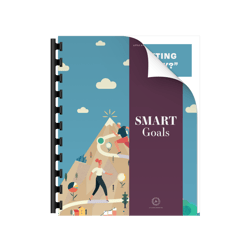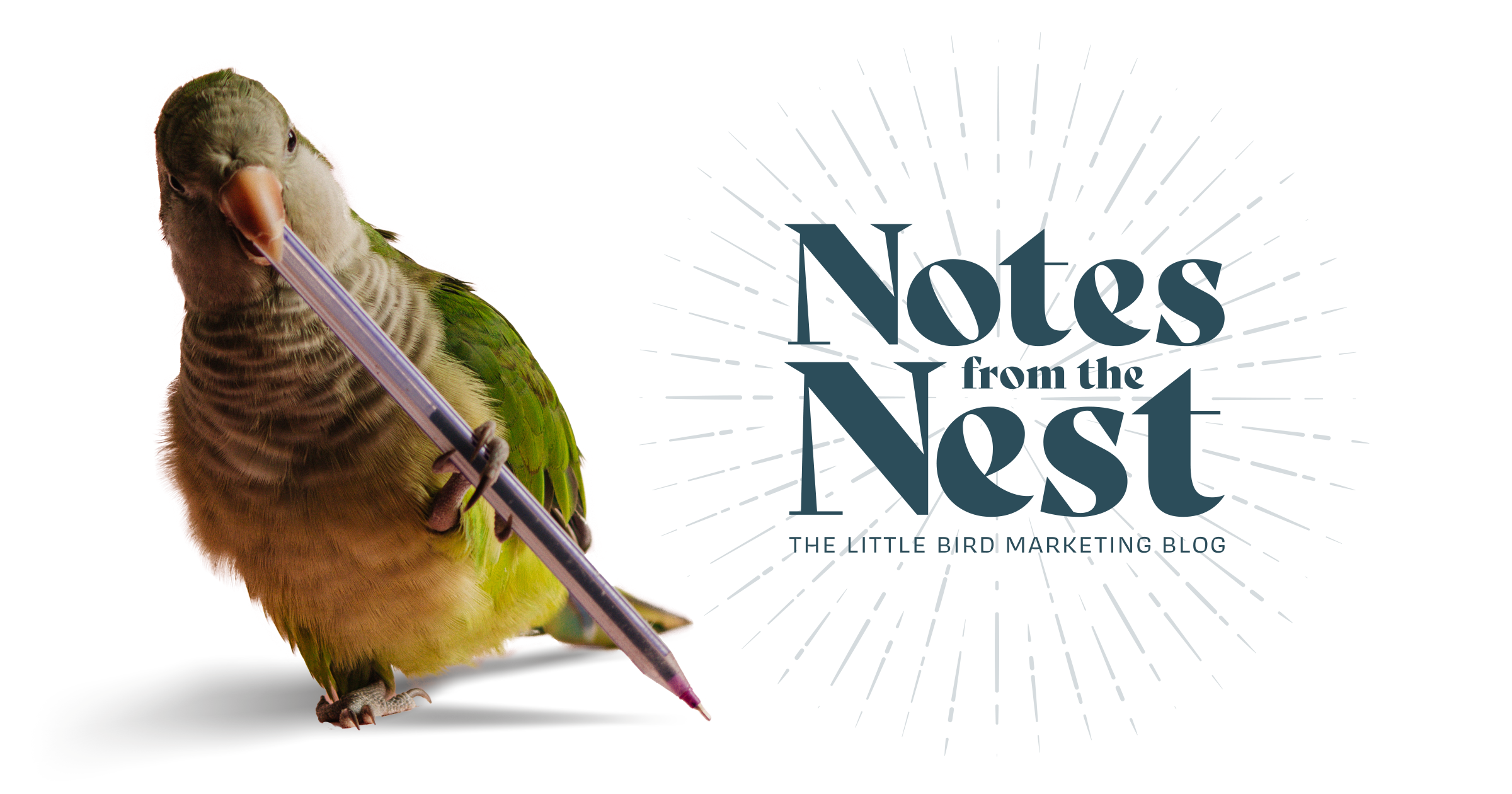Guest Blog by Peter Springett | Originally published on BrightContent.co.uk
Even as I write this introduction, I’m trying to stay focused, while overcoming my dread of the blank page. Sounds familiar?
If you’re a business writer, journalist or novelist, you’ve probably experienced writer’s block - all while trying to avoid a mountain of social media and Slack notifications piling up on your home screen.
Fortunately, there are plenty of good habits that can help you stay productive; I’m going to run you through a few of them right now. So switch your smartphone to airplane mode, grab a cup of coffee and let’s get started.
Staying focused
Writing in short bursts works for social media and marketing emails. For a longer copy, you need steady periods of focus to meet your deadline. Read on for 4 ways to stay focused and improve concentration.
 1. Switch your devices to airplane mode.
1. Switch your devices to airplane mode.
Avoid the barrage of home screen notifications on your smartphone. Windows laptops also offer airplane mode. There’s no such option on MacBooks, so you’ll have to switch off Wi-Fi and Bluetooth manually.
 2. Use a work-focus app such as Pomodoro.
2. Use a work-focus app such as Pomodoro.
These simple productivity tools enforce a rigid cycle of concentration and rest. Pomodoro’s default setting is 25 minutes, followed by a break of five minutes, but you can recalibrate these intervals to suit your working cycle.
 3. Noise cancellation headphones.
3. Noise cancellation headphones.
A good pair of over-the-ear headphones will obscure all but the loudest ambient sounds. Listening to ‘colored noise’ also blocks out distractions. Pink noise, in particular, is said to increase mental focus. Essential, especially if you’re writing in a co-working space.
 4. Coffee.
4. Coffee.
The world’s most popular drug has a well-deserved reputation for boosting mental energy and concentration. Although, like any addictive substance, be advised to consume in moderation! A flat white first thing in the day and straight after lunch will increase productivity when you need pepping up.
Overcoming writer’s block
No matter how many articles you’ve written, there comes that fateful moment during a project when you confront the blank page for the first time. Intimidating? Yes, especially when there’s a deadline looming.
Don’t worry. Here are a few techniques to get things moving.
1. Use your dictaphone
When the words won’t flow, try recording your ideas and then transcribe them. Don’t expect to be a one-take wonder. Explore different tones of voice, or imagine you’re in a conversation with a colleague, a friend, or your boss.
2. Talk to a friend
If talking to yourself doesn’t work, or it just feels a bit odd, then enlist the help of a colleague. Try to forget the device is recording and use the discussion to draw out your argument. Later, you can transcribe and edit the recording.
3. Start in the middle
Instead of laboring over the headline and introduction, get things moving with a section that is easy to write. Once you’ve completed the main body of the article, return to the headline and intro with a stronger sense of purpose.
4. Use other recording tools
With so many meetings moving to Zoom, Microsoft Teams, and Google Meet, make sure you use the recording function to capture the conversation. Always ask permission and if you’re not the organizer, get the host to record the call as you may not have access to this feature.
5. Start straight after the interview
Alternatively, start your draft as soon as possible after the interview, while the main ideas and strongest quotations are fresh in your mind.
6. Never leave the well dry
If you can’t complete the article in one session, make sure you’ve got plenty of ideas for when you return. In some cases, it’s better to pause mid-flow, knowing that you can hit the ground running when you return.
7. Write now, edit later
Don’t anguish over every word during the first draft. It’s better to continue writing and edit later. If you’re struggling, leave a simple placeholder for a tricky word or sentence. You can return later and fill in the gaps. If you’re struggling, leave a simple placeholder for a tricky word or sentence. You can return later and fill in the gaps.
8. Treat yo self
Don’t forget to give yourself a reward when you’ve completed a project or simply written for half an hour without distraction. Five minutes of walking, stretching, fresh coffee, or chocolate are all on my list.
BONUS TIP
Don’t beat yourself up if you fail at any of the above.
Take a deep breath, reset the clock and get typing.
It takes time for good habits to bed in—writing without distraction is no exception.

Peter Springett
Founder | Bright Content Ltd.
This blog was written by Peter Springett, Founder of Bright Content Ltd and a business writer, content strategist, AI expert.
Bright Content enables organizations to maximize the impact of their communications through digital marketing, social media and employee advocacy.
Be sure to connect with Peter on LinkedIn!
Set the right kind of Goals

If your business is bogged down in the metaphorical marketing quagmire, it might be time for a reevaluation. Our SMART Goals guide can help.
Download this free guide, implement some goals using the SMART methodology and get back on target!






Let Us Know What You Thought about this Post.
Put your Comment Below.